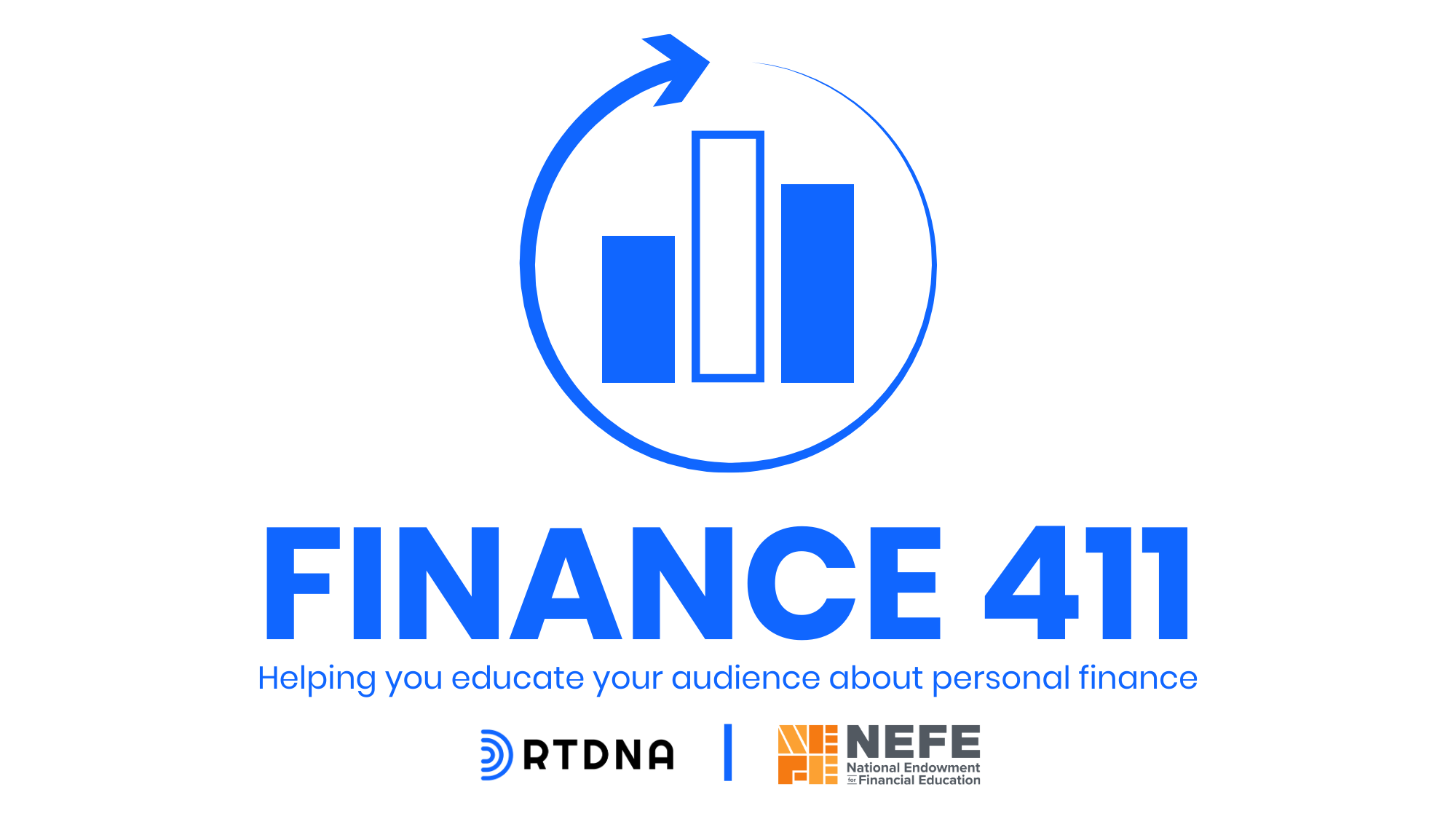Money Matters: New Bureau of Consumer Protection fraud report released

The Federal Trade Commission’s Bureau of Consumer Protection this week released its annual report of fraud over the past year, including details of consumers’ complaints to state or federal law enforcement and consumer protection organizations.
The report is an excellent source of story ideas with many opportunities to localize the information and help your audience avoid the most commonly reported types of fraud.
- The report indicates a slight decrease in the number of consumers who submitted complaints about fraud. This is a good opportunity to dig into how the data is reported and compiled. Talk to your state or local consumer protection agency. How closely do reported numbers reflect actual fraud? How much fraud do experts estimate goes unreported?
- While the number of complaints decreased slightly, consumers say the lost more money than in 2016. Imposter scams were the third most common type of fraud, but involved more money than other types of fraud. Many consumers are familiar with some common types of impostor scams, which often come in the form of spam emails from scammers claiming to be someone they are not, generally someone recognizable to the recipient such as a bank or credit card company, and asking for personal information. There’s even a popular comedian who has made a career of engaging outrageous scammers. But consumers are still falling victim as some imposter scams are more sophisticated. How can consumers identify and avoid imposter scams?
- Debt collection fraud is down, but is still the most commonly report type of fraud, making up 23% of complaints. The report indicates a new option for reporting debt collection fraud by mobile app, an opportunity for consumer reporters to dig into how consumers can report different types of fraud in your city or state.
- According to the report, identity theft increasing, with credit card fraud the most common type of identity theft. What are some tools consumers can use to protect their credit card data as technology changes like online shopping and RFID-enabled credit cards become more common?
- Reports of tax fraud were down in 2017, but, as we’ve previously written, could be more likely in 2018.
- Valuably, the report breaks out fraud complaints by military consumers, and found military members lost a higher median dollar amount to fraud compared to the general population. This could be an important story for military families in your area.
- The report broke the data down by age group for the first time this year. It is a common misconception that the elderly are more vulnerable to fraud and, while the report does indicate that older fraud victims lose more money on average, more younger people actually reported losing money to fraud. Reporting on fraud should address older and younger populations, all potentially at risk of fraud. The report also breaks down fraud reporting by state, a great opportunity to share how your state compares.
The report is also an opportunity to talk to experts about developing trends to watch for that could contribute to fraud. Changing regulations in the financial services industry, affecting loan makers, credit card companies, and others, accompanied by a quickly-changing financial landscape, could mean more scams for consumers. Fewer limitations on financial companies’ business practices could mean more practices harmful to the consumer, so experts say financial literacy is increasingly important for consumers.
Weekly Money Matters personal finance content for your newsroom is sponsored by the National Endowment for Financial Education. Submit your story idea.
